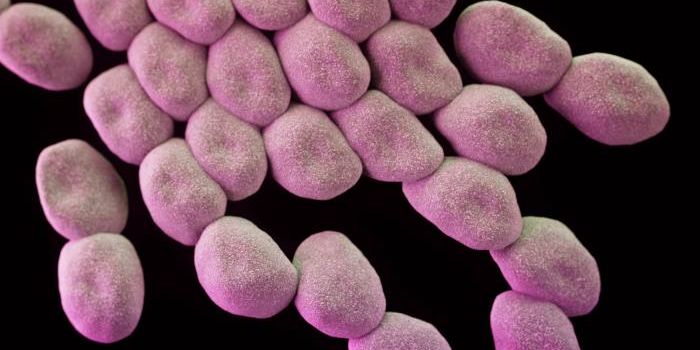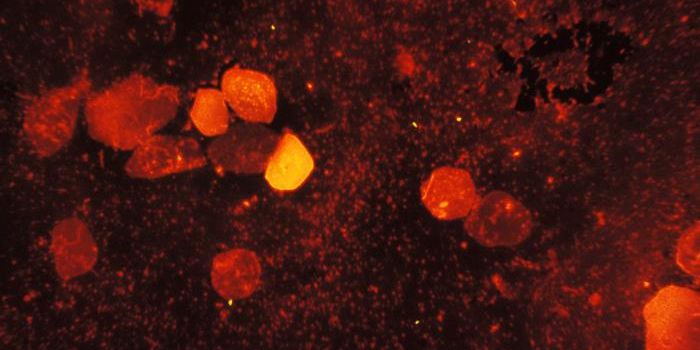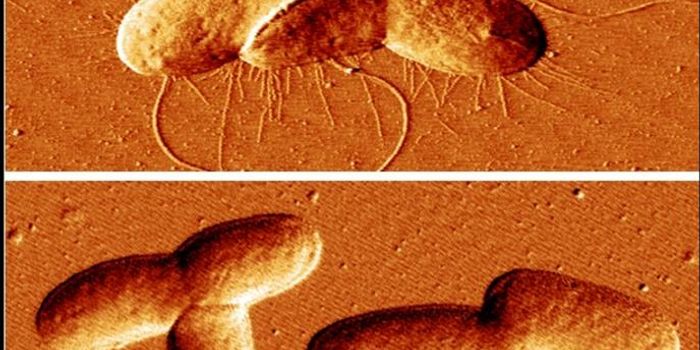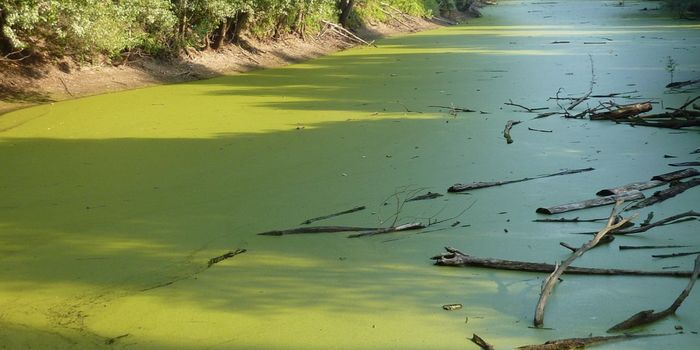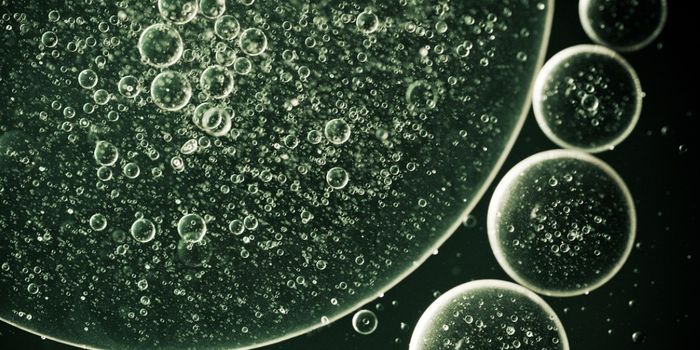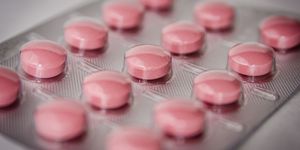Probing the Products of Paleolithic Bacteria
There are many bacteria in the world that are, or have the potential to be beneficial to humans. Microbes have found ingenious ways to survive in the world, in part by producing natural chemicals that benefit them in some way. These compounds might kill other, competing microbes or help them tolerate some condition, for example. Scientists have now developed a method that not only reconstructed the genomes of ancient microbes, but also revealed the products that these tiny organisms naturally produced. These natural products could be useful to us in many ways, and could help us solve the antibiotic crisis we are facing. The work has been reported in Science.
"In this study, we have reached a major milestone in revealing the vast genetic and chemical diversity of our microbial past," said co-senior study author Christina Warinner, Associate Professor of Anthropology at Harvard University, among other appointments.
The world is teeming with microbes, and if researchers can grow them in a lab, the stuff these microbial cells generate can be isolated and studied. Finding the proper growth conditions can be challenging, however. But in this work, the investigators analyzed microbial genomes to look for the biochemical pathways leading to natural products, and to identify new molecules that we have never seen before.
"Our aim is to chart a path for the discovery of ancient natural products and to inform their potential future applications," noted co-senior study author Professor Pierre Stallforth, Head of the Department of Paleobiotechnology at the Leibniz Institute of Natural Product Research and Infection Biology (Leibniz-HKI), among other appointments.
In metagenomics, all the DNA from some sample can be sequenced, and then the resulting sequences (which are often fragmented) can be compared to databases of known genomic sequences, revealing what the sample contains. This is a commonly used tool when researchers are identifying the microbes in a specimen, like scrapings from dental tartar. But when the DNA is from stuff that has never been sequenced before, those sequences will not be in a database; the genomic DNA from ancient or rare organisms is not usually in databases of known organisms.
Computational tools have now advanced so that researchers can piece together fragments from unknown genetic sequences, matching them together like pieces of a puzzle to create genomes from previously unknown microbes. DNA from microbes that lives in the Pleistocene era however, is even more fragmented than usual.
In this study, the researchers used a new approach to reconstruct bacterial genomes. They used samples from tooth tartar found on a dozen Neanderthals that dated to around 102,000 to 40,000 years ago; as well as 34 archaeological humans that dated to about 30,000 to 150 years ago; and 18 modern humans. Tooth tartar is known to be the only body part that will fossilize during a lifetime, and it does so containing heaps of mineralized bacteria.
This method revealed many bacterial species that lived in the mouth microbiomes of these individuals. Tartar from the 19,000-year-old Red Lady of El Mirón, Spain gave the scientists a remarkably well-preserved genome from Chlorobium bacteria, for example. "Having discovered these enigmatic ancient genes, we wanted to take them to the lab to find out what they make," said co-lead study author Anan Ibrahim, a postdoctoral researcher at Leibniz-HKI.
A new family of natural products made by microbes was discovered; the researchers called it "paleofurans." With genetic techniques, products that ancient microbes encode for in their genomes can be generated by modern microbes in the lab. Now the researchers will start to look for new antibiotics among these products.
Sources: Leibniz Institute for Natural Product Research and Infection Biology - Hans Knoell Institute, Science


